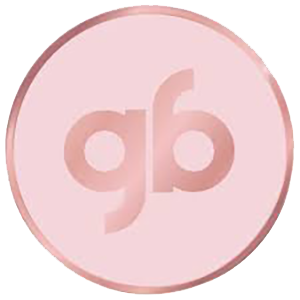botulinum toxin injections
Botulinum toxin injections have a wide range of medical and cosmetic uses.
Botulinum toxin injections should always be administered by a trained medical professional to minimise risks and ensure the best results. Regular follow-up treatments are typically required to maintain the effects, especially for cosmetic or chronic conditions.
Risks and Considerations
While botulinum toxin injections are generally considered safe, there are some risks and side effects:
- Temporary Muscle Weakness: Some individuals may experience unintended muscle weakness near the injection site.
- Bruising and Swelling: Mild bruising, swelling, or redness at the injection site can occur.
- Drooping Eyelids or Asymmetry: If injected improperly, botulinum toxin can cause temporary eyelid drooping or facial asymmetry. These effects are temporary and usually resolve after a few weeks.
- Flu-like Symptoms: Some people may experience flu-like symptoms, such as fatigue, headache, or mild nausea, after the injection.
- Allergic Reactions: Rarely, individuals may experience an allergic reaction, which could include itching, rash, or trouble breathing.
- Temporary Speech or Swallowing Issues: In rare cases, botulinum toxin injections around the neck or jaw muscles can cause temporary difficulty swallowing or speaking.



